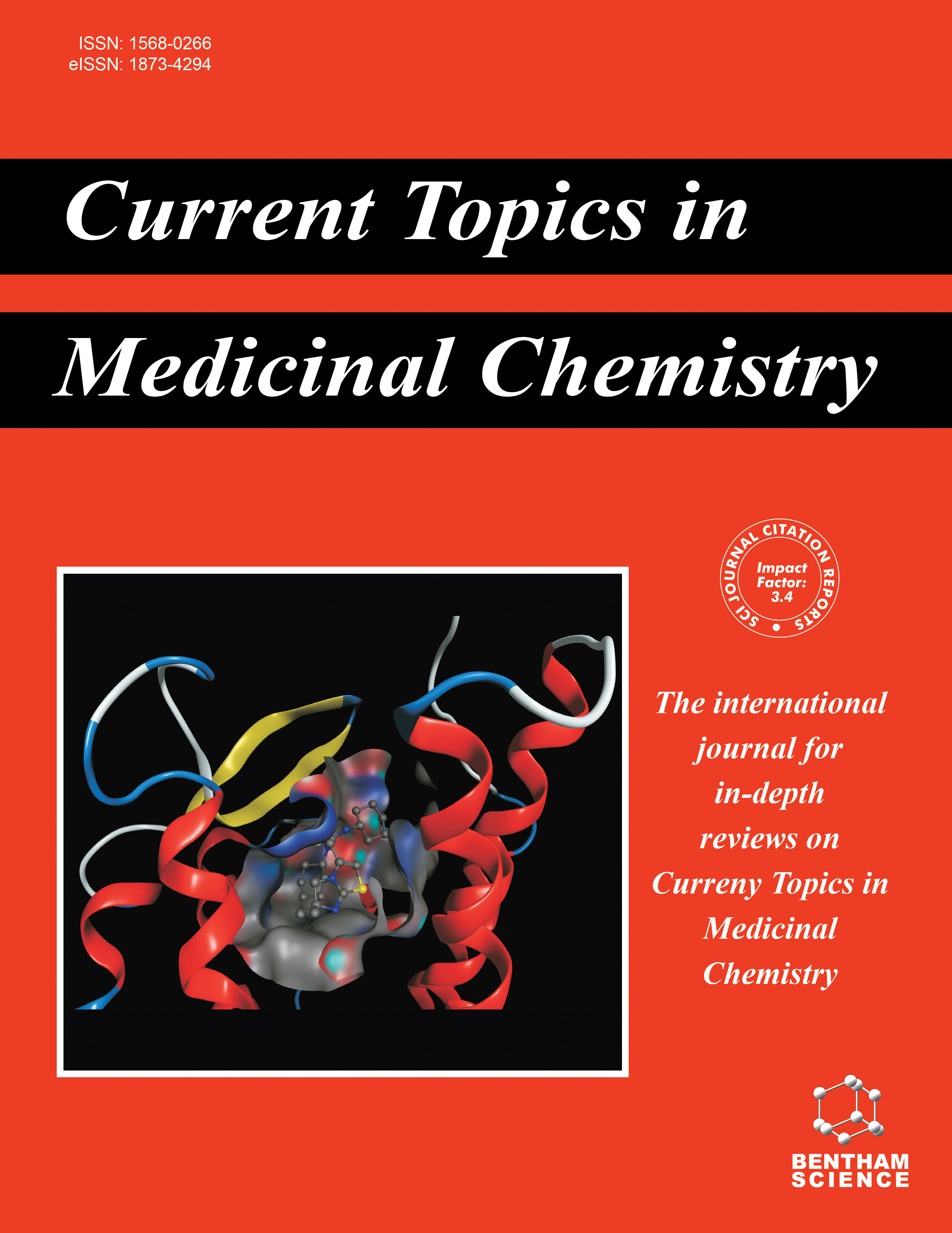
Full text loading...

Prostate cancer is among the most prominent malignant tumors in the male population, characterized by growing morbidity, a high fatality rate, and currently limited therapeutic options, necessitating the urgent development of novel clinical medications. The objective of the current study was to examine the therapeutic potential of zingerone in prostate cancer cells.
In this study, we investigated the underlying mechanism by which zingerone exerts its anticancer effects in prostate cancer cells. We conducted various in vitro and in silico experiments to determine the therapeutic efficacy and mechanism of action of zingerone.
Cytotoxicity analysis of zingerone revealed its substantial cytotoxic impact and ability to elevate lactose dehydrogenase levels in DU145 cells. Using the MTT assay, we determined that a concentration of 24.84 μM zingerone in DU145 cells grown for 24 h resulted in an IC50 value. Zingerone effectively induced apoptosis by increasing the levels of cytochrome c and caspase in DU145 cells. Regarding the identification of signs of ferroptosis, evidence has been shown for the presence of heightened mitochondrial ROS, disrupted mitochondrial membrane potential, increased levels of glutathione (GSH) and malondialdehyde (MDA), and reduced expression of SCL7A11 and GPX4.
Importantly, our study confirms that zingerone triggered both apoptosis and ferroptosis in DU145 cells by downregulating SLC7A11 and GPX4 expression.
This study provides evidence that makes zingerone a potent therapeutic agent for prostate cancer.

Article metrics loading...

Full text loading...
References


Data & Media loading...